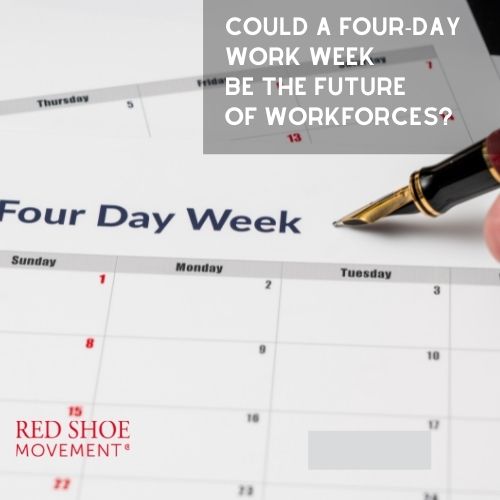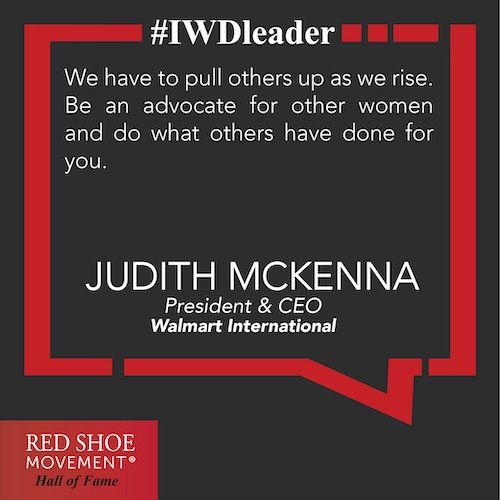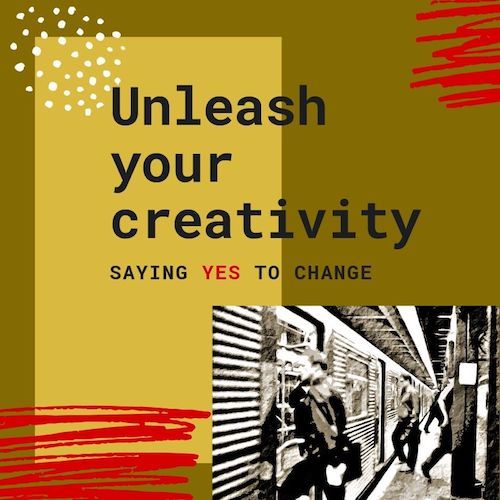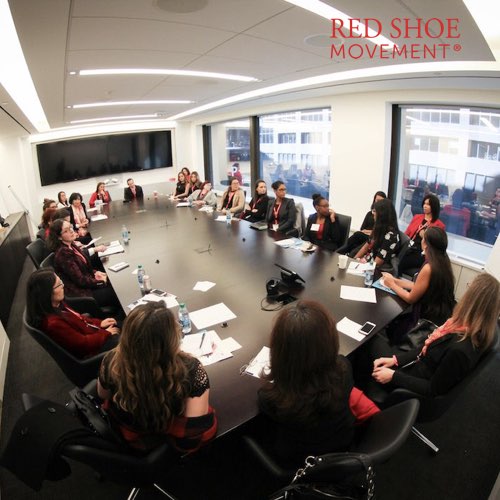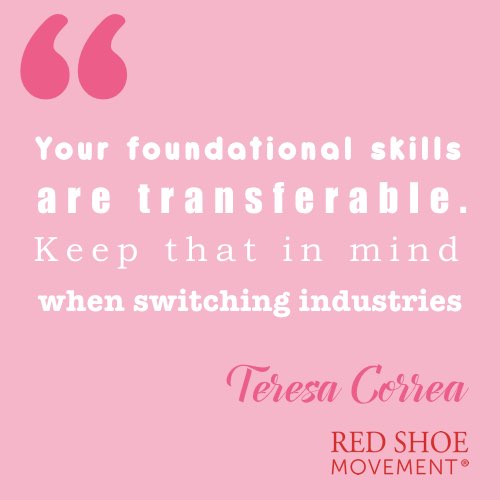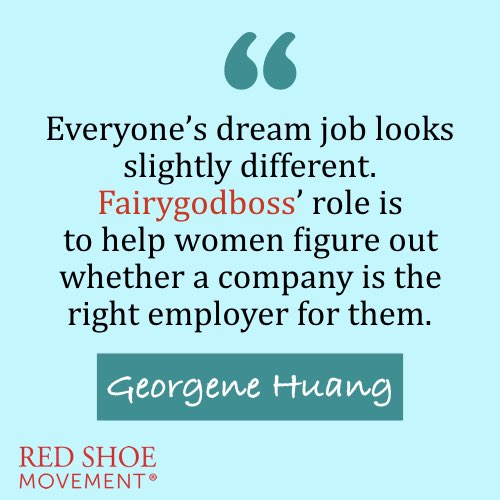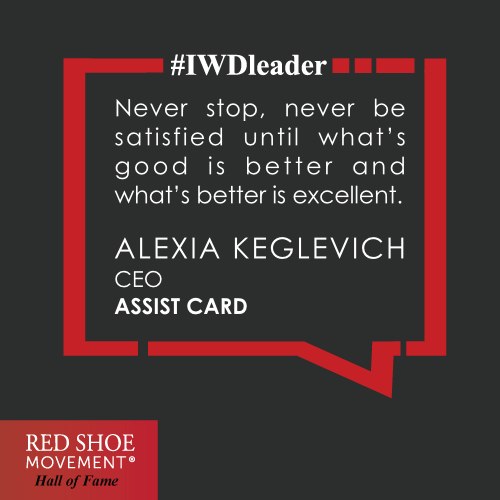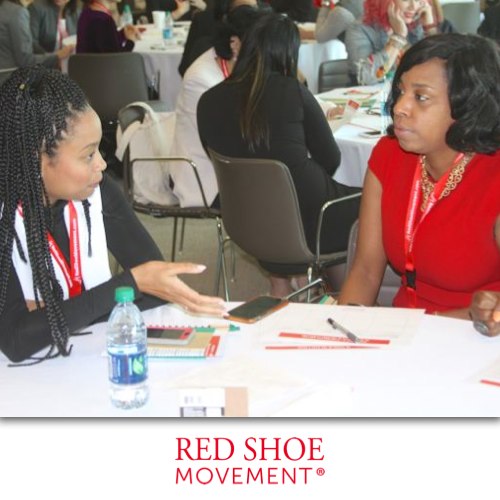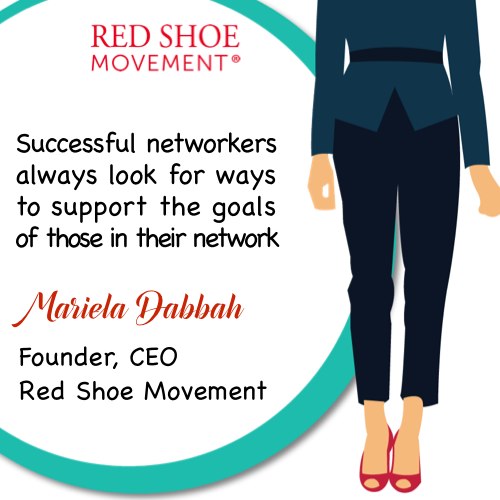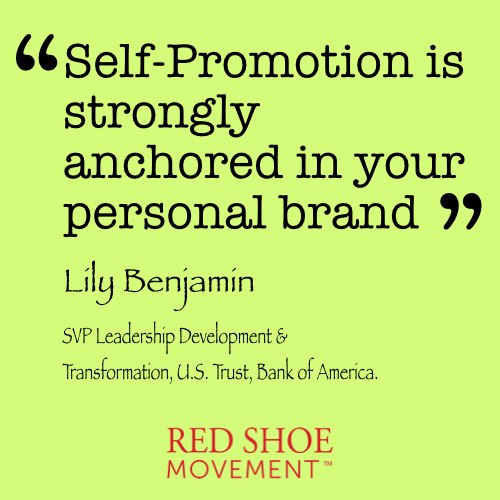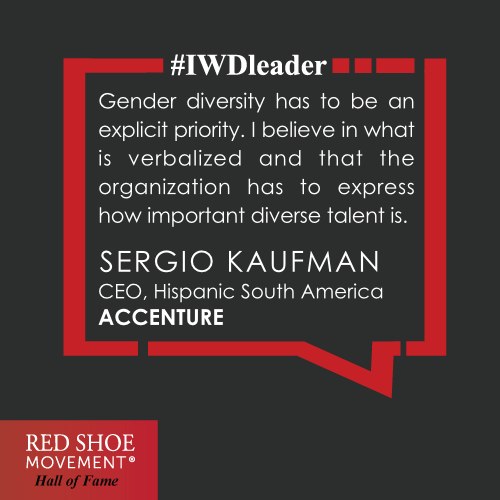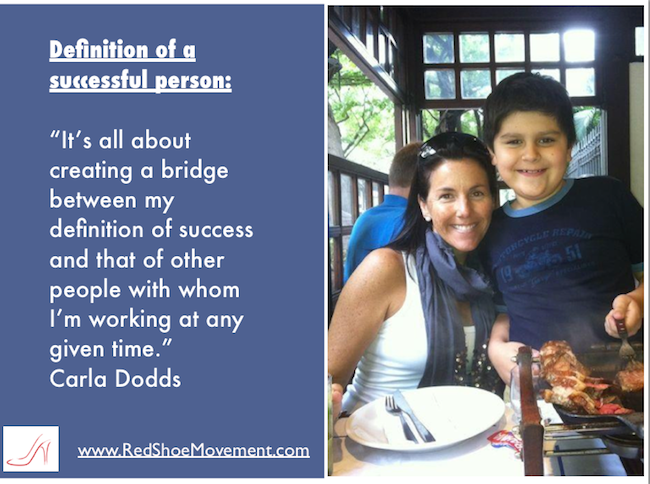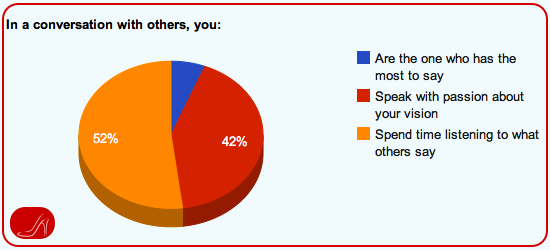Looking for truly effective strategies to take your organization to the next level? There’s no need to reinvent the wheel. Here are 3 diversity and inclusion strategies from leading companies that you can readily try.
Key Diversity & Inclusion Strategies from Leading Companies
1Engage your ecosystem

The view from the front was inspiring. Participants were actively sharing their “ahas” and their best practices. A senior executive from the host company recognized publicly that although his organization was very committed to inclusion, they could still do more to de-bias the interview process. An HR leader realized that by not taking advantage herself of her company’s flexible work policies she was sending the wrong message to everyone below her. The director of a leading consumer products outfit expressed how positive it was to hear solutions that were working well for other companies and to have a space where they could share best practices.
Welcome to what it means to involve your entire ecosystem in conversations about diversity and inclusion. Not just your own talent. But also your suppliers, competitors, professional associations in your sector, clients, media, government, civil society, and others.
The above stories all come from a recent Red Shoe Movement event we did for Novartis in Mexico. It was a breakfast at a wonderful venue — La Hacienda de los Morales— where executives and directors from organizations that are part of Novartis’ ecosystem were invited to attend. The topic? “Tips and Tricks to Foster Inclusive Workplaces,” something that, if it’s really going to work, requires involvement from all players in society.
A leader in the space, this Switzerland-based pharmaceutical company, has been setting an example for a long time. In the last three years, we’ve conducted events like the one in Mexico in several countries in Latin America. By listening to the needs and suggestions of doctors, patient advocacy groups, medical associations, university programs, industry colleagues, their own talent, and the community were they operate the company is able to constantly innovate its inclusion practices.
Now, just as important as it is to reach out and connect with your ecosystem, it is to remain humble and open to comments, suggestions and new ideas even when they initially sound counterintuitive. Take the opportunity to create cross-sector partnerships and explore new ideas together. What’s the worse that can happen? That you solidify your network?
2Enlist committed male champions

It’s immediately evident when diversity and inclusion is truly weaved into an organization. You see male executives who openly support initiatives to develop and promote 100% of the talent. As a result, women have a career projection all the way to the C-suite. These are male champions who don’t just act as executive sponsors of a Women’s ERG event but who are actively involved in sponsoring individual women. They do everything in their power to provide relevant exposure, air cover when needed, and to influence policy changes when they see practices that impact women in a negative way. (Here are 10 behaviors men can implement to accelerate female representation at the top.)
Best in class companies have male champions who believe diversity and inclusion is a business imperative and act like it. (For us it’s easy to spot them as they wear red ties/socks every Tuesday to show their support for #RedShoeTuesday!)
3Once alerted, change the policy or benefit to impact everyone fairly

“We only need one of our employees to bring up the need to modify one of our policies to accommodate their particular situation to make a policy change,” Jody Kaminsky, Chief Marketing Officer at Ultimate Software shared with me recently. The example had to do with parental leave. “When one of our associates came to us and told us she was adopting a child and that our parental leave contemplated only biological parents, we immediately changed our policy to include adoptive parents as well.”
That’s an admirable way to conduct business. Putting your talent first and having a healthy aversion to red tape.
Unfortunately, I’m sure you have as many examples as I do of companies that drag their feet whenever they get a request for an accommodation (usually from a woman) and when they grant it, it’s always as an exception to the policy. Seldom do they stop to think: “Hmm… I wonder how many others we could benefit if we made this part of our standard policy.” Because for every person who has the guts and patience to fight to get a benefit that they are not “entitled to,” there are many, many more out there who prefer not to bother. Whether it is for fear of putting themselves on the spot or for the lack of the energy it takes to fight these fights, they just don’t pursue it. (And perhaps, that’s exactly the goal of the organization: To fulfill as few of these exceptions as possible. In the long run, this is bad business, though.)
Not long ago, a client shared with me one of these sorry stories. She had accepted an executive position in Brazil with a Fortune 100 company. As part of her package, she received a company car. The only caveat was that her driver wasn’t allowed to drive the car, which meant she still had to run errands and pick her kids up from school and drive them to school activities. What good was it to have a company car if she couldn’t have her driver alleviate her from these tasks?
It took her three long months of relentless fighting to get the company to accept her terms. But did they make that the new policy? Nope. So the next female executive faced with a similar situation will be forced to jump through the same hoops. Or perhaps she’ll turn down the job because the organization is making it too hard for her to take it. And then the company will probably lament that, “women don’t like to move.”
Send a clear message to your talent. Whenever approached by someone who asks for something that’s not part of your benefits or policies yet, review the benefits and policies. Don’t see it as a one-time accommodation. See it as an opportunity to improve your retention and a great way to attract top talent.
What else works in D&I according to leading companies
4Engage your workforce with a larger community

If I’ve learned something in the last few years it’s the power of being part of something bigger than myself. The enthusiasm that our #RedShoeTuesday initiative elicits has been humbling. Discovering people who have been having red shoe parties in Silicon Valley, book clubs in Mexico, Tuesday after hours in Spain feels nothing short of miraculous. And your organization can tap into that level of energy by simply implementing the 7 RSM Principles and inviting everyone to wear their red shoes, ties and socks on Tuesdays in order to keep up the conversation about inclusion. It’s using a visual reminder to avoid letting go of the topic so that together women and men in your workplace can figure out how to level the playing field for 100% of the talent. All while being part of something that goes beyond your company. Something that connects you with the outside world.
Here’s why it works:
- It’s fun.
- It’s contagious.
- It’s a community that offers mutual support so for every action, there’s an exponential reaction.
- It gives everyone ownership over their careers and the power to help others in theirs.
- It invites everyone to be responsible and action oriented. To do something every week about making the workplace a better place to work.
Granted, there are a lot of diversity and inclusion strategies you should explore. But these three are sure winners ready for you to implement right now. And they come with the backing of some of the leading companies in diversity and inclusion.





























































